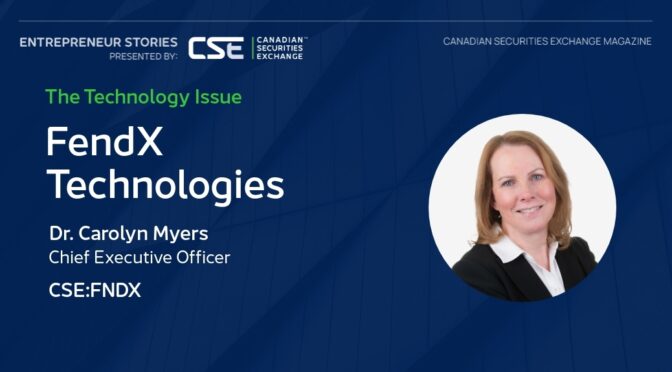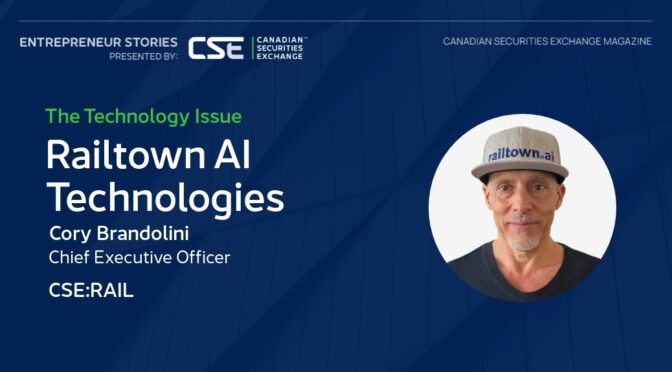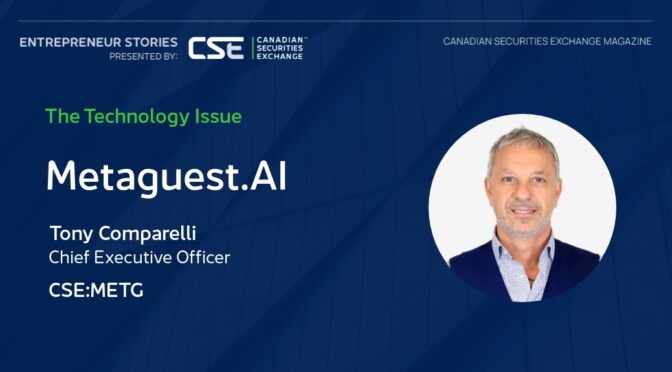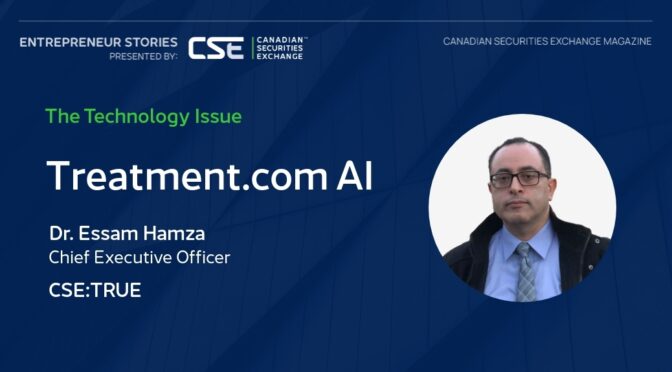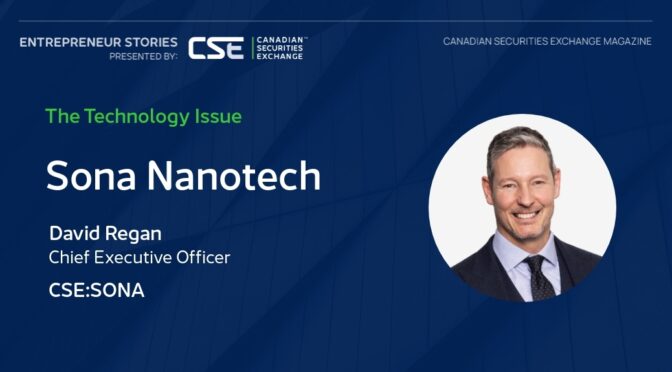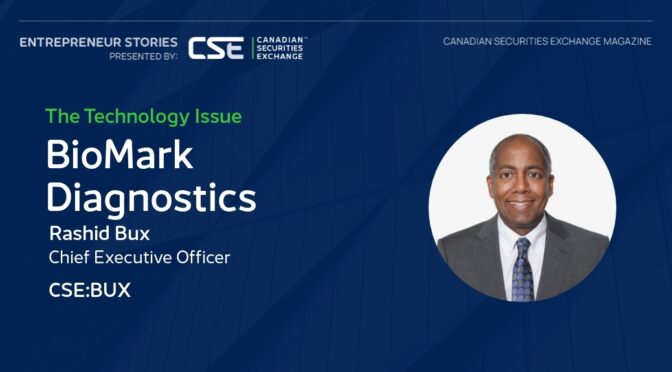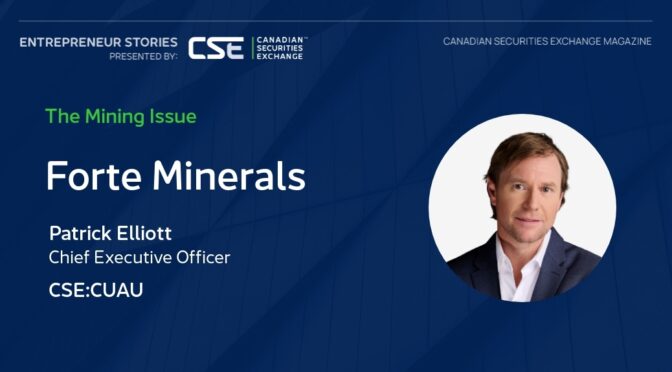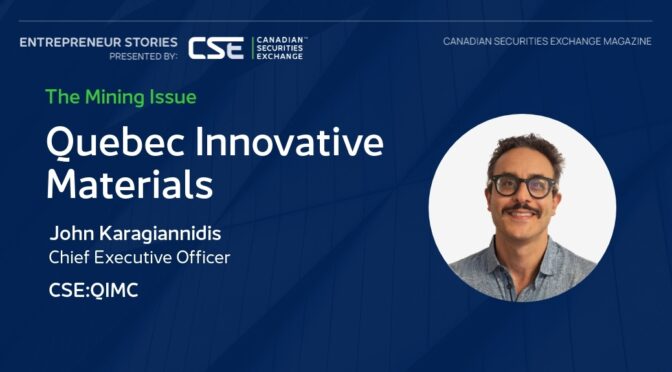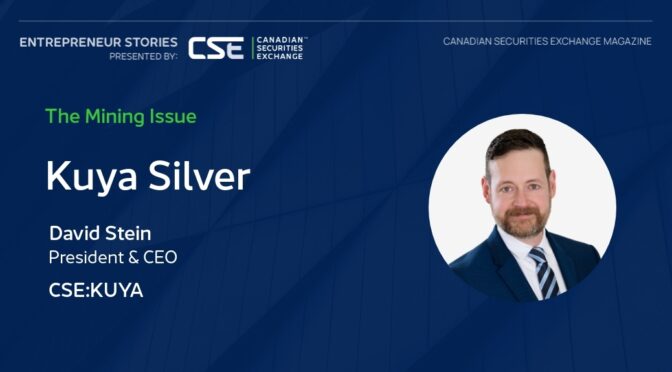The COVID-19 pandemic shined a powerful spotlight on the need to reduce pathogen transmission, particularly in high-risk settings such as hospitals, long-term care facilities and busy public spaces. Studies indicating that most common infections are spread through direct contact with surfaces such as doors and handrails point to an area where innovation could make a big difference.
While cleaning undeniably enhances safety in high-traffic environments, it often can’t keep up with the flow of pathogens being transferred from people’s fingertips. Ontario-based FendX (CSE:FNDX) is looking to quite literally add a new layer of protection by using nanotechnology to help prevent disease-causing agents from adhering themselves to surfaces in the first place.
FendX’s flagship product, a specially coated film called REPELWRAP film, is currently undergoing real-world testing to determine its effectiveness. Successful completion of the testing would mark a critical step toward the start of large-scale production.
In addition to REPELWRAP film, FendX is developing a sustainable eco-friendly sponge designed to meet the demands for effective surface cleaning.
In this interview with Canadian Securities Exchange Magazine, Dr. Carolyn Myers, Chief Executive Officer of FendX, shares insight into the technology behind the product line, the company’s growth trajectory and what can be done to better manage future global pandemics.
FendX is a leader in developing nanotechnology solutions to mitigate pathogen transmission. How do you foresee your technologies addressing the increasing demand for advanced contamination control, especially in high-risk industries?
About 80% of common infections are transmitted through touch, including some very dangerous pathogens. High-touch surfaces like railings, doorknobs, hospital equipment and other surfaces can be major transmission sources. Hospital-acquired infections (HAIs), for example, are a huge issue. We anticipate that our products will be useful in many environments to reduce transmission.
Our focus is on building IP and a portfolio of products that can protect surfaces from contamination and the spread of potentially lethal pathogens. REPELWRAP film is our most advanced coating currently in real-world testing. Our film is created by applying our nanotechnology to a plastic surface – kind of like Saran Wrap – to form a thin film coating. When applied to high-touch surfaces, the film prevents pathogens from sticking to the film. So, if someone has contamination on their hands, it tends to stay on their hands rather than transferring to the surface, which in turn reduces person-to-person transmission.
In addition, we are in the formulation phase of developing a spray version of the film with the same properties and we expect it to allow for broader use on a wider variety of surfaces.
We are very excited about the eco-friendly sponge. We recently signed a supply agreement and entered into a license agreement for additional IP. The sponge is different from traditional sponges as it does not promote bacterial growth, is biodegradable and does not contain any toxic plasticizers.
Let’s talk about the film first. Are you able to produce at scale now?
Yes, we have successfully automated the manufacturing process to coat thousands of feet of plastic in minutes. Between early 2021 and August 2024, we reformulated the coating for intermediate-scale production. We worked with Dunmore, a globally recognized film manufacturing company, along with McMaster University and consultants to make this possible.
With the production challenge met, you are now in the testing phase, is that correct?
That’s right. We are testing the film produced at Dunmore in real-world environments to confirm that it maintains its surface protection properties. We completed our first field test late last year and the results, which we analyzed in early 2025, were positive. Based on those results we plan to conduct more pilot tests, including locations like a fitness centre, a memory clinic and a long-term care facility. We’re targeting multiple verticals, not just healthcare, to see where REPELWRAP film may have the most impact.
What’s the timeline for launching REPELWRAP film into the market?
After successful completion of the real-world testing, we will work toward finalizing full-scale manufacturing and establish our supply chain, including partnering with distributors for getting the final product to market.
Our plan calls for introducing the film in the Canadian market first. We plan to partner with manufacturers to produce the film, cut and package it, and then we would enter partnerships to distribute through various channels. We’ve already signed a letter of intent with Sinelabs, a distributor that sells unique products to reduce microbial contamination in water systems. It could be a great synergy as they are focused on similar verticals. We anticipate the final film product will be available for distribution in the first half of 2026, followed by a launch in the U.S.
What about the eco-friendly sponge? How do you see this product enhancing FendX’s market position, and what differentiates it from traditional alternatives in terms of both functionality and sustainability?
The sponge is an exciting product for us. It effectively attracts and traps microbes when used with common surface cleaning agents. It is made using proprietary methods. It is synthetic, yet unlike traditional synthetic sponges, which don’t break down, our sponge is biodegradable. Also, it does not contain toxic plasticizers like phthalates.
Cellulose sponges tend to stain and smell because they promote bacterial growth but ours doesn’t have those issues. I’ve been using one for months and it still looks and feels like new. It hasn’t discoloured or developed any odor. Our sponge can be washed and reused, offering a sustainable alternative for cleaning surfaces in consumer and commercial markets.
The eco-friendly sponge has unique properties that we anticipate will play an important role in the various markets we plan to target. Together with the North American household sponge market alone currently valued at US$1.96 billion, we believe our sponge offers a potentially significant opportunity for FendX.
Additionally, our sponge material has FDA 510(k) approval in combination with a lotion used to neutralize chemical warfare skin exposure – an FDA application that was submitted by the U.S. Army. This approval offers additional opportunities to develop the sponge as a drug delivery device for treatment of various skin conditions, including wound care.
It sounds like FendX has multiple paths to commercialization. How close are you to generating revenue from these products?
With the sponge, we expect to launch for use in the consumer market by the fourth quarter of this year with the expectation of becoming revenue generating soon thereafter. The sponge’s eco-friendly aspect and its ability to work effectively with common cleaning agents gives it a significant edge.
In addition, we continue to seek and evaluate additional products for acquisition or licensing to complement our current portfolio of products, including eco-friendly cleaning agents. We’re also exploring partnerships in the cleaning industry to maximize our reach.
With everything you’ve mentioned, it seems FendX is building a solid foundation for growth. Looking at the bigger picture, what do you think businesses need to do to better prepare for future pandemics or health crises?
It’s a tough question. I believe we’re in a world of self-denial and as much as institutions like the Centers for Disease Control and Prevention and the World Health Organization stress hygiene and prevention, many people believe COVID is a thing of the past. But it’s not. The next pandemic will likely be something new again and I believe we’ll be in the same situation.
Then there’s antimicrobial resistance (AMR). It’s often referred to as the ‘silent pandemic’ and has been a growing concern for decades. AMR occurs when bacteria, viruses and fungi evolve to resist the medications used to kill them. As a result, infections that were once easy to treat are now becoming life-threatening. The impact of AMR is profound, with millions of deaths annually and projections indicate over 39 million deaths by 2050.
These are the reasons why technologies like the ones we’re developing are so important. I believe there needs to be a coordinated effort to develop solutions to contain the spread of pathogens. While we’ll never fully eliminate their spread, the potential exists to manage them with innovative solutions so that fewer people get infected in the first place.
That’s what drives my passion. Surfaces matter. You can clean them, but they’re only as clean as the method of your cleaning. That’s where solutions, like what we’re working on, may contribute to making a difference.
This story was featured in Canadian Securities Exchange Magazine.
Learn more about FendX Technologies Inc. at https://fendxtech.com/.

